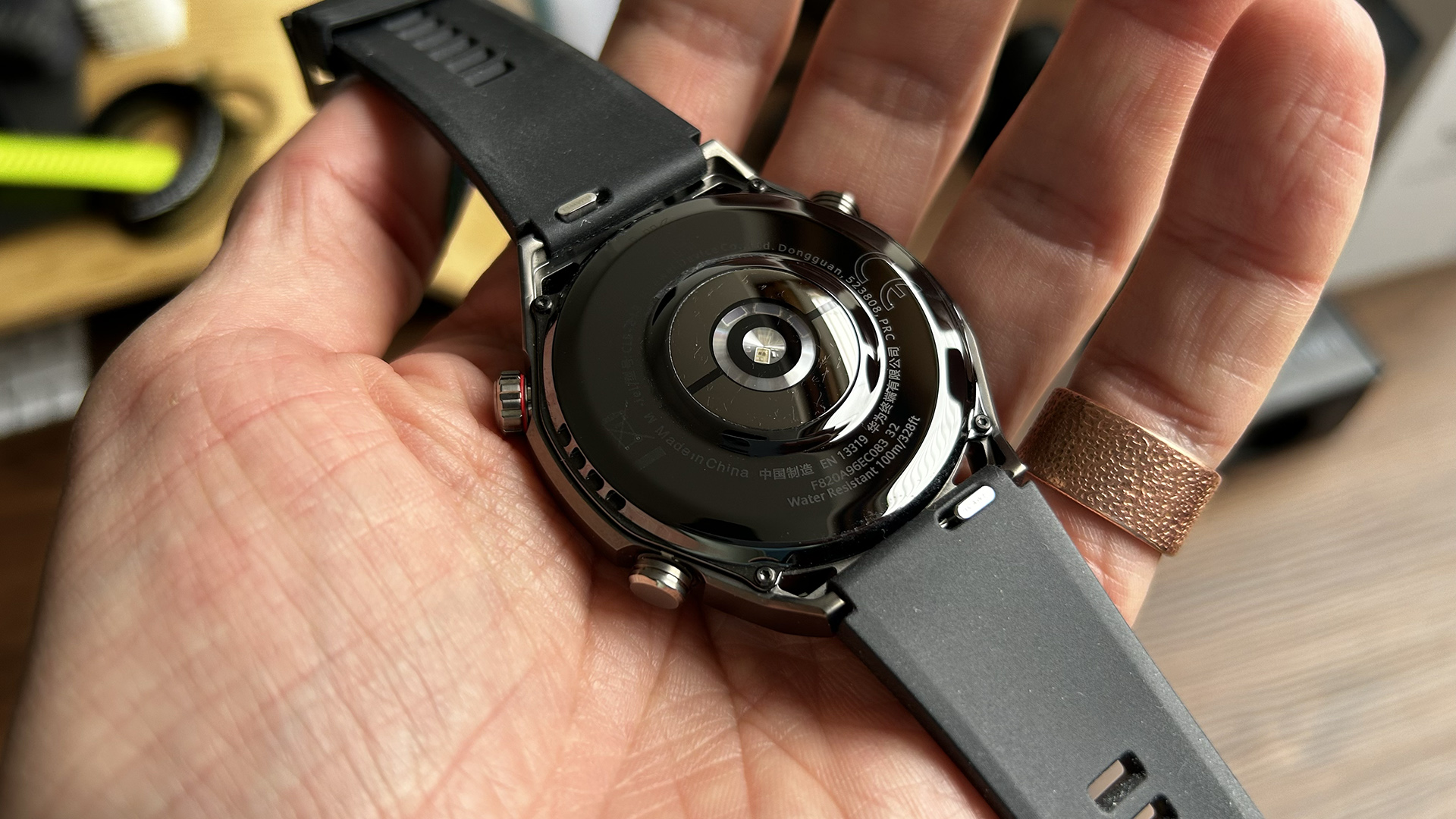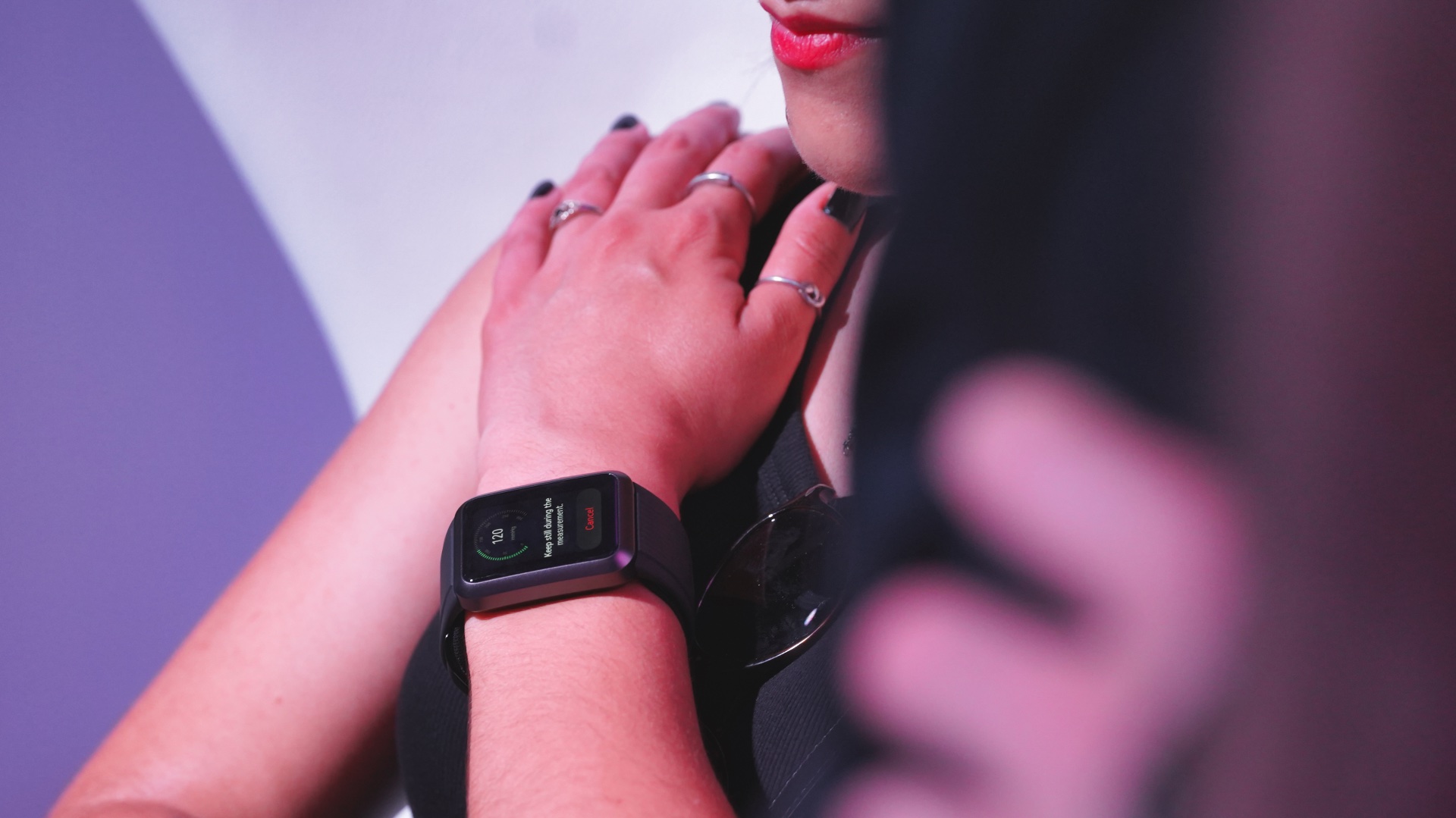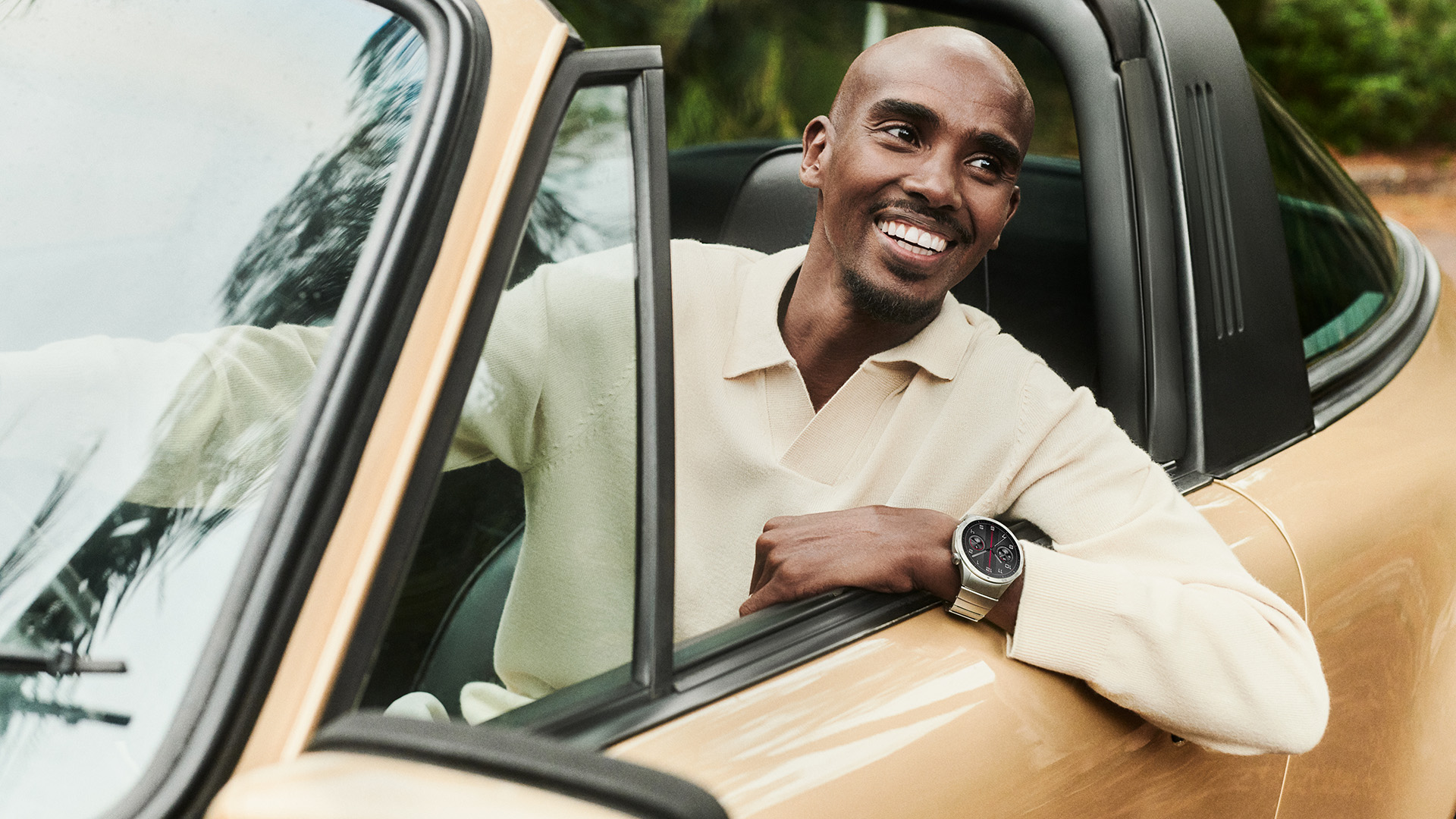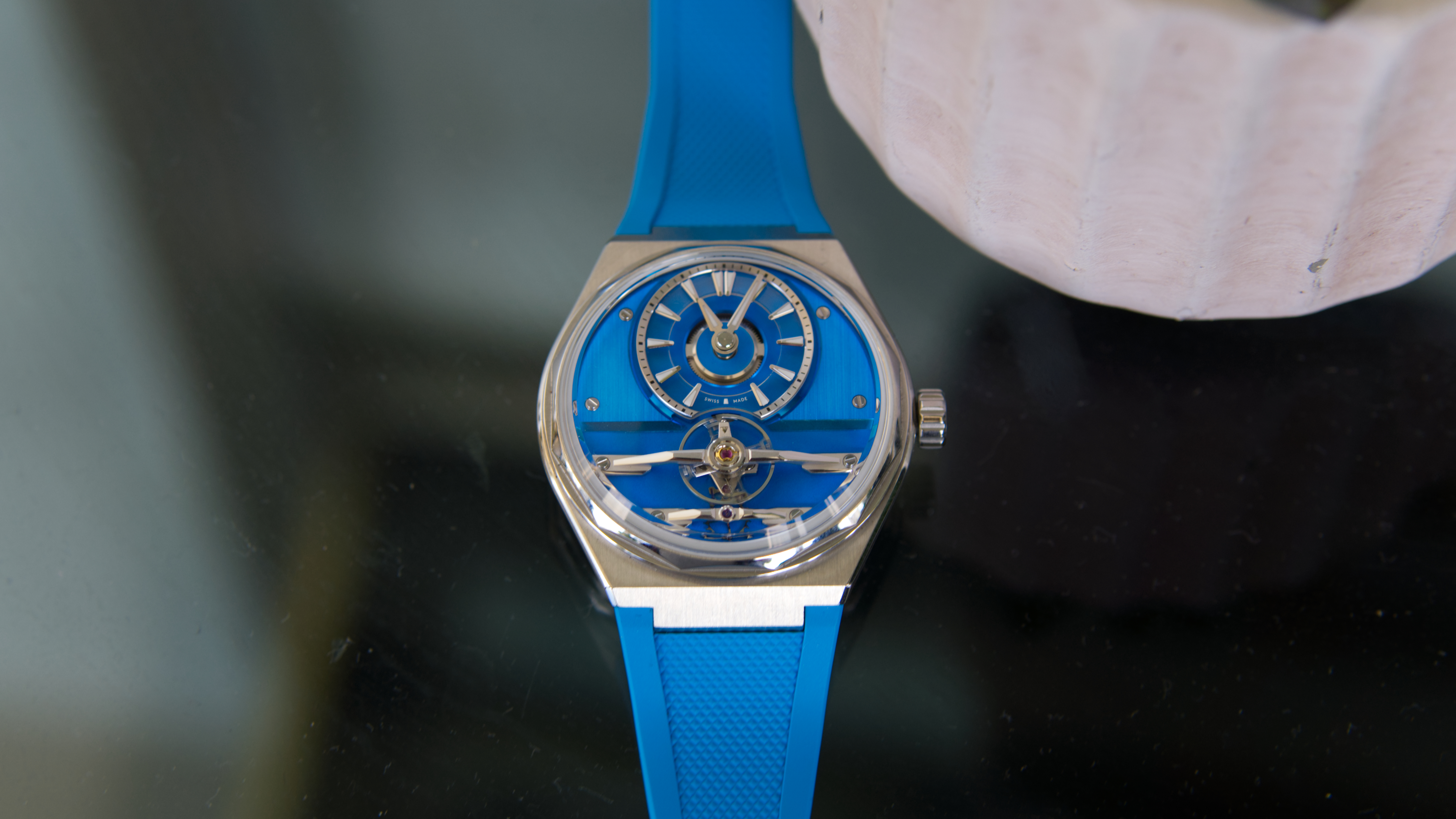Quietly, this Chinese brand built one of the most comprehensive health wearable systems in the world
With the launch of the Distributed Super-Sensing Module, Huawei returns to the top of the wearable market in top form


As I listened to a presentation a couple of weeks ago by Rico Zhang, Huawei’s President of Smart Wearable and Health Product Line, in Shenzhen, China, I came to the realisation that even though the company isn’t shouting about it from the rooftops, it has built one of the most robust (and proactive) wearable health systems in the world.
I can’t say I was surprised to learn this, as I’ve been reviewing Huawei smartwatches for years, and the innovation has always been apparent in almost all of the brand’s products. However, once considered a rising global force in mobile and wearable tech, Huawei found itself sidelined by Western markets after the US trade ban in 2019, which must have been a massive blow, and not just financially.
The sanctions cut off access to key technologies such as Google Mobile Services, pushing the Chinese tech giant into a corner. But rather than folding under pressure, Huawei doubled down on a strategy many overlook in today’s fast-moving consumer tech landscape: putting as much money in R&D as possible and focusing on real innovation.
Nowhere is this more evident than in Huawei’s wearable health platform. Over the past few years, the company has quietly transformed its fitness trackers and smartwatches into advanced health management tools, culminating this spring with the launch of its enhanced TruSense system and Distributed Super-Sensing Module, which debuts on the new brand’s upcoming flagship watch, the Huawei Watch 5, this May.
From disruption to innovation
Cut off from access to Android services and global component suppliers, Huawei accelerated its efforts to build its own ecosystem. This included HarmonyOS, proprietary silicon, and a massive push into health technologies. The strategy paid off: according to IDC, Huawei is now the top brand in global wrist-worn wearable shipments growth and has led China’s smartwatch market for six consecutive years.
The company’s dominance in its home country is also one of its biggest flaws, at least from a Western point of view. Although it's not unusual for brands to restrict features in certain countries due to legal restrictions (for example, ECG function in Europe needs to get a CE mark, while in the US, it must be FDA-approved), Huawei’s China-first approach means we don’t see features unlocked in Europe often for months (sometimes, a year) after they were launched.
Nevertheless, Huawei keeps on innovating. A cornerstone of the company’s resurgence is the TruSense platform, a suite of proprietary sensing technologies first introduced in 2024 and now expanded to include fingertip-based monitoring in addition to wrist-based sensors. This dual-pronged approach to detection is more than a gimmick: it allows Huawei wearables to tap into (pun intended) richer physiological signals, improving accuracy across multiple metrics like blood pressure, SpO₂, and HRV.
Sign up to the T3 newsletter for smarter living straight to your inbox
Get all the latest news, reviews, deals and buying guides on gorgeous tech, home and active products from the T3 experts
When the aforementioned presentation got to the fingertip-based monitoring, I remember being thoroughly intrigued. I imagined a thimble-like attachment – with Bluetooth, of course – collecting data from your fingers. I thought, “Wow, this is innovation! Huawei skipped smart rings and went straight to the tip of your fingers. That’s something.”
It makes a lot of sense to collect data from this body part. Your fingertip, a highway of nerves and blood activity, isn’t covered in hair and is less likely to be affected by melanin, making it a more accurate data collection point than wrist-based sensors.

This means that readings from this access point can be more accurate than wrist-based sensors. No matter how sophisticated they get – and they are incredibly sophisticated these days – wrist-based optical sensors have to deal with hair, sweat, movement, and a bunch of other factors when reading your vitals, compromising data quality.
To counteract the effect of potentially corrupt data, smartwatches use ‘AI’ to determine the quality of the readings from the sensors. However, it’s not true data; it’s merely a machine learning algorithm comparing your data to its database. It’s like a JPEG photo: it looks like the real thing, but it’s been compressed and edited quite a bit.
Thanks to this fingertip + wrist-based data collection approach, TruSense can track more than 60 indicators across six major physiological systems: circulatory, respiratory, nervous, endocrine, reproductive, and muscular. Huawei claims the newly introduced Distributed Super-Sensing Module enhances measurement precision by combining optical, electrical, acoustic, and mechanical signal data.
A feature that exemplifies this is Health Glance, a rapid one-minute scan that checks over 10 health indicators, including new ones like ovarian function assessment and heart rate variability. It’s a proactive approach in line with evolving healthcare trends: not just monitoring but early risk detection and contextual insight.

All sunshine and lollipops?
Despite Huawei’s efforts, Apple and Samsung remain leaders in design and mainstream appeal, not least because of their access to global markets and their approach to creating hype around their products.
Apple’s Health app and Fitness+ ecosystem are deeply integrated across devices, and Samsung’s Galaxy Watch range continues to impress with its bioactive sensors. Fitbit/Google is also part of the mix, offering a tandem tracking and app system that’s been going from strength to strength in recent years.
On the other hand, Huawei offers medical-grade features – including blood pressure tracking certified under EU MDR regulations via its Watch D2 model – and integrates emotional wellbeing analysis, sleep quality, respiratory health, and even lung infection screening using cough sound data. In short, it’s different.
Plus, while Apple and Samsung focus on ecosystem lock-in, Huawei is building a flexible, open research and partner-friendly framework to scale digital health services The catch? Availability remains limited outside of China and select markets due to the ongoing US restrictions and lack of Google services, which could affect third-party app support (e.g. NFC payments).
Is Huawei back on top? Yes and no. The new TruSense platform certainly signals a shift, moving away from fitness tracking only and into the territory of full-spectrum health monitoring. And while much of the Western world may still view Huawei through the lens of trade politics, the reality is that the company has leapfrogged its competitors in several core areas of wearable health tech.
For Huawei, it isn’t just about smartwatches anymore; it’s about smart care. The company is quietly laying the foundation for a future where wearables are indispensable health companions, not just step counters. Roll over 15 May, so we can see how the Distributed Super-Sensing Module works under real-world circumstances on the Huawei Watch 5.
And while I don’t think everyone needs ‘60 indicators across six major physiological systems’ to know if you’re feeling okay or not, Huawei’s way of approaching health management is something other brands should definitely look into. We, customers, would all benefit from it.

Matt Kollat is a journalist and content creator who works for T3.com and its magazine counterpart as an Active Editor. His areas of expertise include wearables, drones, fitness equipment, nutrition and outdoor gear. He joined T3 in 2019. His byline appears in several publications, including Techradar and Fit&Well, and more. Matt also collaborated with other content creators (e.g. Garage Gym Reviews) and judged many awards, such as the European Specialist Sports Nutrition Alliance's ESSNawards. When he isn't working out, running or cycling, you'll find him roaming the countryside and trying out new podcasting and content creation equipment.
You must confirm your public display name before commenting
Please logout and then login again, you will then be prompted to enter your display name.

